Guest post by Davina P. Durgana
There has been a lot of recent attention in the media regarding the increases in demand for sex around major sporting events like this year’s Super Bowl and its implications for involuntary sex work via human trafficking. While all awareness efforts on the issue of domestic human trafficking in the United States are useful and particularly effective when coupled with a high-profile, visible event, there has been significant mischaracterization of the omnipresence of human trafficking in American society.
While there has been significant progress in public awareness and the identification of domestic human trafficking victims in the United States, there remains a pervasive cognitive disconnect between the plights of those who have been trafficked for their labor and those who are forced to provide sex acts. Additionally, there tends to be a sense of exception and horror when prominent trafficking cases are covered in the news media. In particular, the New York Times op-ed by Kate Mogulescu highlights the intensified anti-prostitution efforts by law enforcement in New York City during this year’s Super Bowl as a product of heightened vigilance rather than indicative of a substantial increase in transgressions. Additionally, she makes a salient point regarding the extent to which these polices are not compliant with victim-centered practices for human trafficking retrieval and rescue in the field. Unfortunately, these “exceptions” represent a far more consistent and under-identified crime.[1]
My dissertation work focuses on the use of human security theory to reorient the way that international politics scholars conceptualize and define vulnerability to human trafficking. Most importantly, the media and IR scholars need to bring the world’s most powerful countries, such as the United States, into their thinking about the process of this violence. In my work, in order to create accurate statistical models to determine human trafficking victim prevalence and vulnerability in minors of both foreign national and US citizenship, hundreds of direct service providers from across the United States were consulted. Additionally, with aggregated national human trafficking data, the development of an accurate forecasting model became feasible. Such a model illuminates not only the significant scope of human trafficking among minors in the United States in recent history, but also provides a tool to determine proportions of highly vulnerable populations to human trafficking in each state. While we often think of trafficking that happens in other places as dramatized in films such as Taken, Not My Life, and Academy-Award nominee Water, among many others, we need a better understanding of the global hegemon’s role.
One of the major findings of this work so far is that due to the relatively robust economy afforded by the United States in the global system, we are constantly enabling a significant level of demand for sex acts and labor supplied both domestically and from abroad. As a result of the Great Recession, Americans are also aiming to pay lower prices for these goods. This combination of supply and demand results in a hazardous situation where there is a large pool of vulnerable persons, many of which may be in labor or sex trafficking situations, and whose services are being further undervalued in order to meet economic constraints on disposable incomes.
Human trafficking victim prevalence estimates, while historically sparse in the academic canon, have been quickly gaining academic interest and corporate resources. The Global Slavery Index of the Walk Free Foundation has made significant progress in this endeavor and many academics are now collaborating to improve these estimates for the United States and many other developed countries. While knowing the number of actual or potential trafficking victims in a given area is not generally considered the first priority in human trafficking interventions, it is an indispensable component of the anti-trafficking field. More accurate victim prevalence estimates will allow for better policy determinations, targeted interventions, funding allocations based on demonstrated need and access to potential victim populations, and a comprehensive appreciation for the scope of this crime in a given region, state, or country.
So, following the tailgates and festivities this Super Bowl Sunday, try to remember the countless victims that remain in our neighborhoods and cities to accommodate our everyday demands for sex and labor, long after this event has come and gone.
Davina P. Durgana is a PhD Candidate and Adjunct Instructor at American University’s School of International Service, a member of the Expert Working Group of the Walk Free Foundation, and a Research Consultant for the Global Slavery Index. Ms. Durgana has been active in the anti-human trafficking field for the past seven years and was recently awarded with the Trafficking in America Task Force, Inc.’s 2013 Teardrop Award for Service to the Anti-Trafficking Field.
[1] For further reading on this, please reference the following articles:
- Farrell, A., et al. (2012). Identifying Challenges to Improve the Investigation and Prosecution of State and Local Human Trafficking Cases. DOJ National Institute of Justice. Washington, D.C.
- Shively, M., et al. (2012). National Overview of Prostitution and Sex Trafficking Demand Reduction Efforts. DOJ. National Institute of Justice. Washington, D.C.
- Is Trafficking in Human Beings Demand Driven? A Multi-Country Pilot Study. International Organization for Migration, IOM Migration Research Series.
- Andreas, Peter, and Kelly M. Greenhill, eds. Sex, Drugs, and Body Counts: The Politics of Numbers in Global Crime and Conflict. Cornell University Press, 2010.
- Zhang, Sheldon. Smuggling and Trafficking in Human Beings: All Roads Lead to America. Praeger, 2007.

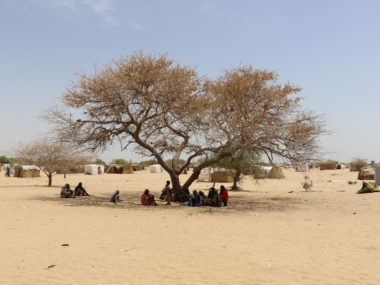
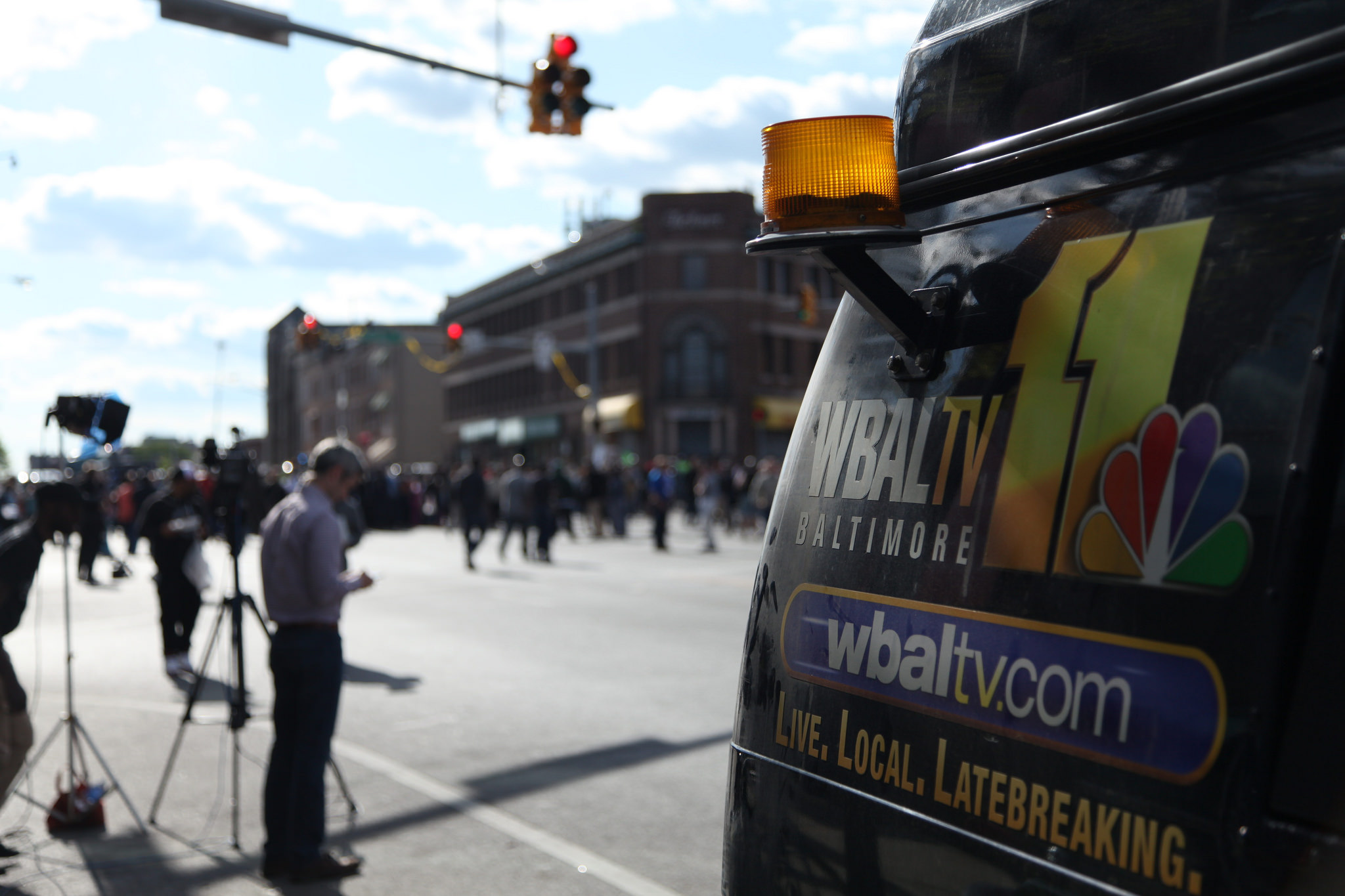

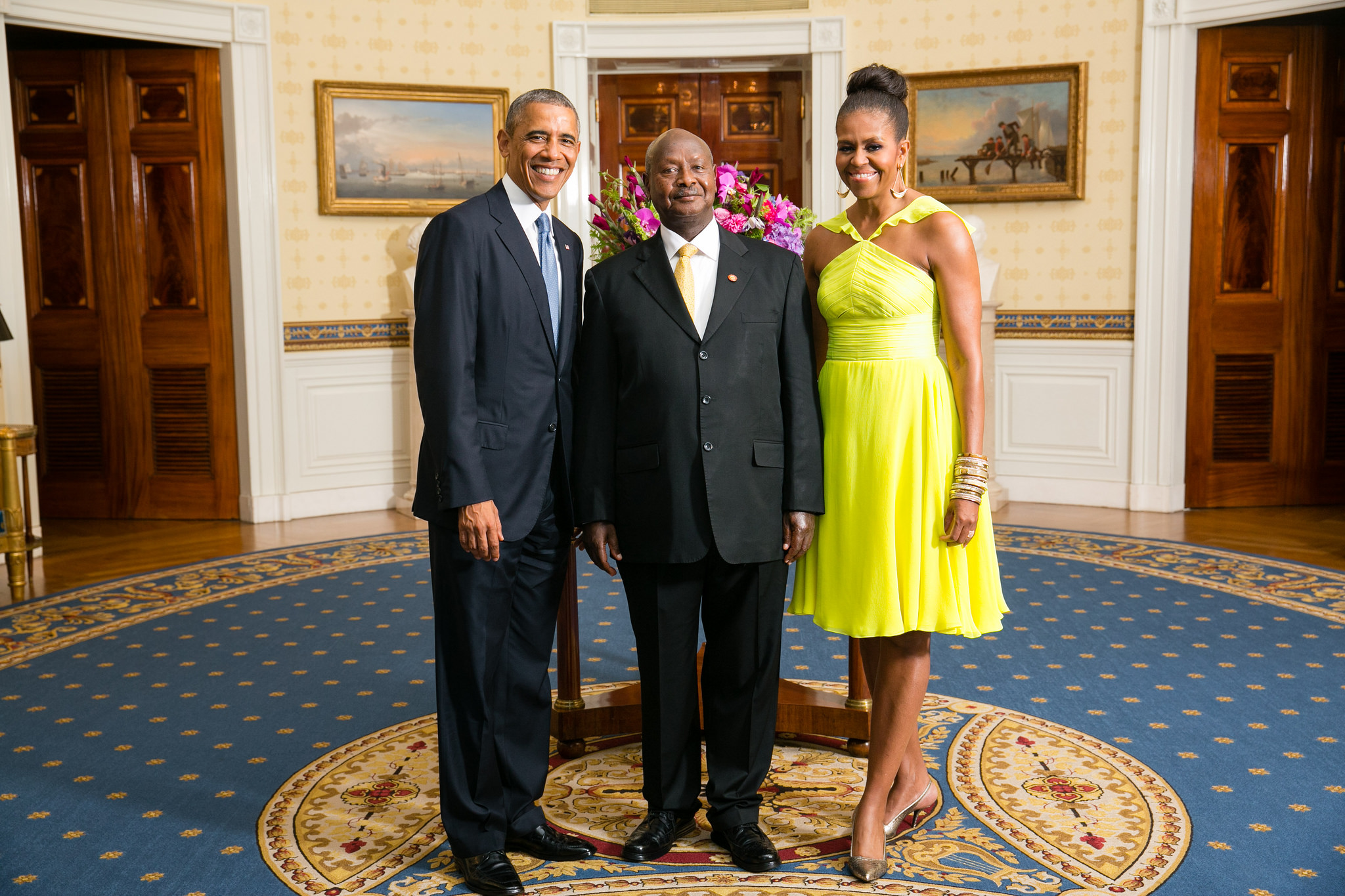
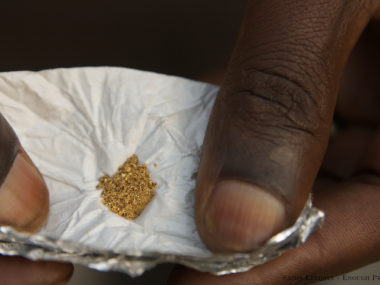
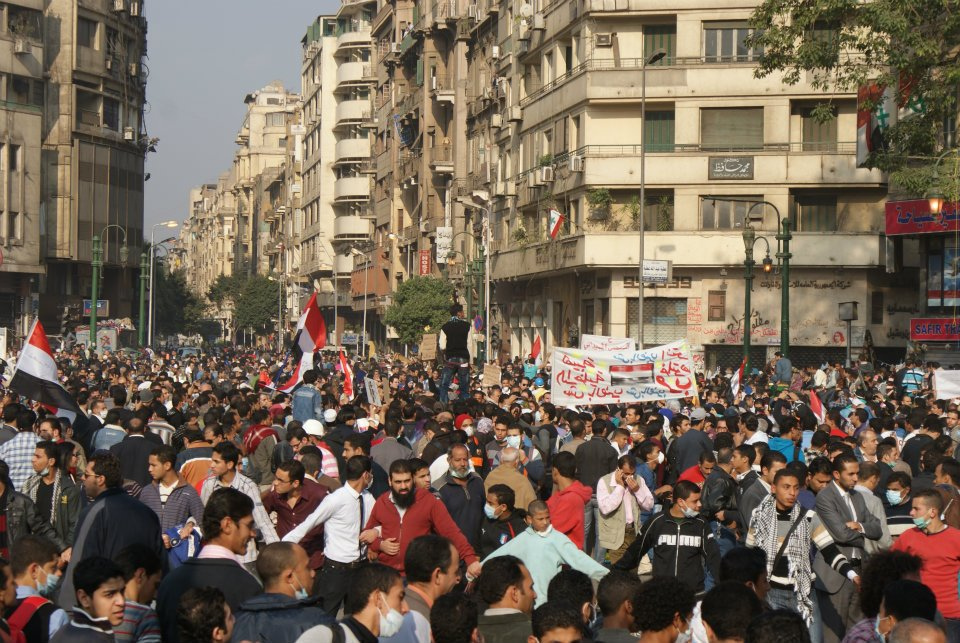
1 comment
I think beer and sports has little to do with except for the commercials that show women as a pair of boobs and tight short pants. I think however your dissertation is dead on. As well we have women around the world breaking ranks with the misogynists in their own midst. If you take a look at my one blog, this innocent young girl is talking about this topic and now she is dead. I speak because I too suffered at the hands of an abuser, to the point where I have GAD because of the sexual abuse and even more the mental abuse. I am a guy too but when I hear of women regarded as sex toys only like Filipino girls I go off. I hate the terms ‘c#nt, whore and prostitute. It enables a warped sense to a young boy. Hey look, a lot of boys have been done dirty and it can impair trust to a very significant degree.
I would be most honored to hear more about what you are doing and a survivor my feelings are so intense that I get ill when an animal is road kill or mistreated. Shows with kidnapping horrify me. Something about the loss of choice and where offenders determine other people’s outcomes.